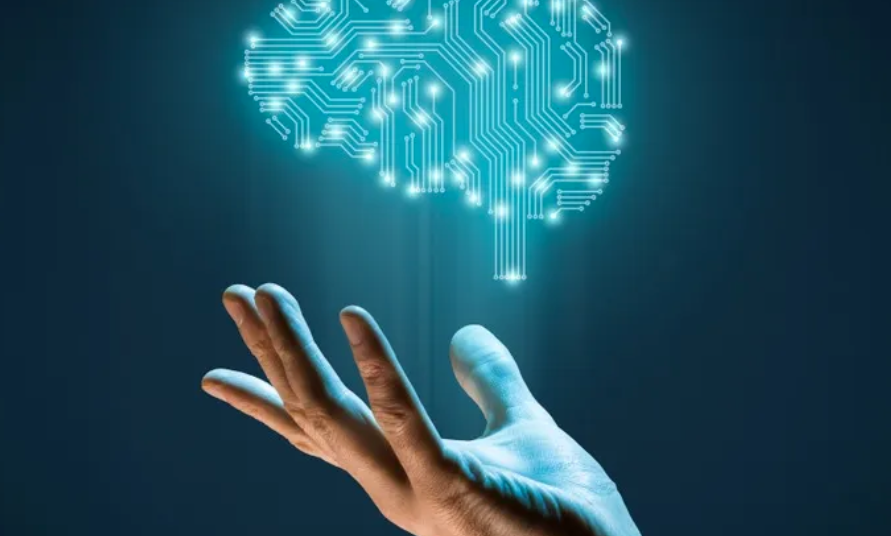The advent of AGI promises to be transformative for businesses, but organisations need to be prepared to capture the AI opportunity, writes SingularityNET’s Janet Adams

Artificial Intelligence (AI) has become a pivotal tool for businesses across industry sectors, offering unparalleled efficiency gains. However, as organisations adapt to existing AI solutions, researchers are developing the next evolution of AI technologies – known as Artificial General Intelligence. Where does this trajectory lead us?
Many experts predict that there will be a tipping point, where we reach a technological singularity. This concept denotes the moment when computers become smarter than humans, presenting both vast opportunities and profound risks for society. This is when we achieve Artificial General Intelligence (AGI), a term popularised by Dr. Ben Goertzel. Unlike today’s narrow AI, AGI will have the ability to extrapolate knowledge from one domain and apply it to others.
The emergence of Artificial General Intelligence promises to be transformative, not only for enterprises but also for society at large. If we truly consider the wide ranging applications of AGI, it has the potential to be one of the best things that has ever happened to humanity.
However, before this vision can materialise, organisations need to prepare themselves for the next stage of the technology revolution, so they can reap the rewards it will provide. From radically new personalised products, cost and time efficiencies to innovation previously unthought of, the impact of this new stage of AI will be undeniable.
“The first ultra-intelligent machine is the last invention that man need ever make.” (Irving John Good, 1965)
As researchers continue to advance the field of AI, AGI has emerged as an inevitable progression of AI research. Currently, scientists are exploring different methods to develop AGI.
One approach focuses on the cognitive level, analysing how human brain networks function and then emulating these processes from a technological perspective. Another approach, at the brain level, where scientists create a complex, self-organising nonlinear dynamical network based on our understanding of the human brain and testing their responses to different stimuli.
As different teams around the world work on different models, experts learn more and more about the possibilities of AGI. For example, at SingularityNET we have pioneered the development of the neural-symbolic Language Learning Model (LLM) Zarqa, surpassing conventional LLMs, such as Chat-GPT. This is just a taste of what is to come as AGI comes closer, the potential is sky-high.